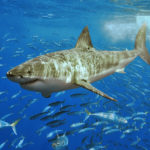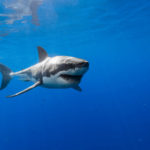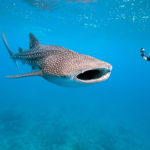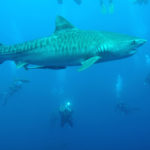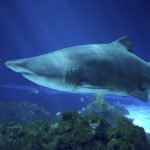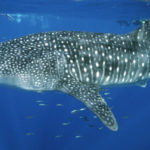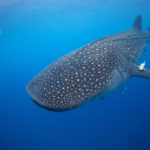Do sharks have bones ?
 The skeleton of a shark differs markedly from the skeleton of teleost fishes – there are no bones in it and it is completely formed from cartilaginous tissues. Although the skeleton of sharks is cartilaginous, it has the necessary rigidity.
The skeleton of a shark differs markedly from the skeleton of teleost fishes – there are no bones in it and it is completely formed from cartilaginous tissues. Although the skeleton of sharks is cartilaginous, it has the necessary rigidity.
Areas experiencing the greatest load, such as the jaws and spine, are usually strengthened by calcification – the deposition in the cartilage of interconnected granules of phosphate and calcium carbonate.
In many highly developed sharks, the upper jaw is not merged with the cranium, but is attached to it by means of moving ligaments and cartilages. Shark victims can be larger in size than themselves, and the ability to push the upper jaw down and forward, so that its teeth protrude from the mouth, allows the shark to snatch pieces from the victim’s body.
Shark teeth throughout life are continuously replaced by new, formed even rows behind the functioning ones. When the front tooth falls out, the space fills the next in the row.

